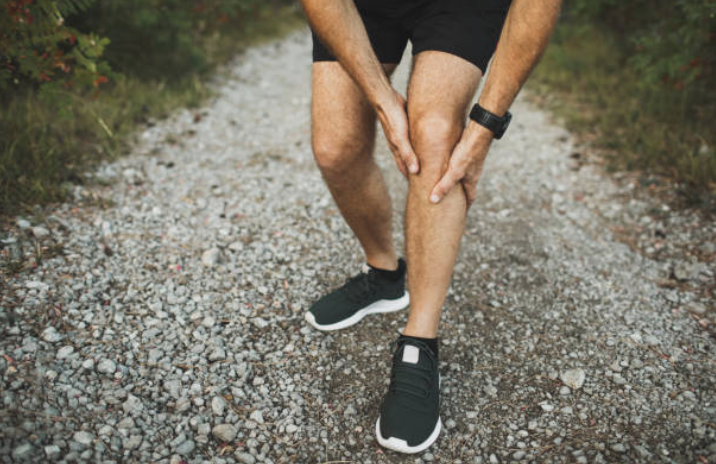What is a calf strain?
Calf strains are classified as a tear to one or more of the muscles in the calves. It can limit your ability to walk, run and play sports. The calves are composed of 3 muscles, gastrocnemius (outer layer), soleus (middle layer) and plantaris (inner layer). Calf strains commonly occur at the gastrocnemius, it is caused by quick acceleration or deceleration movements. This is why it is so common in runners and sports that involve high speed running movements. The calves are important because they allow us to push off and generate large amount of power, this is approximately 12x our body weight when we run. People who have calf strains report a sharp pain localised at the calf and sometimes it can be accompanied by an audible pop. After the injury, swelling occurs and there can be difficulty weight bearing on that affected leg.
How long does it take to heal?
The prognosis is going to depend on the severity of the calf strain. A grade 1 strain can take approximately 2 weeks to completely recover. Here is an easy guide to determine the prognosis of your injury:
Grade 1: Mild strain where the muscle fibres being partially affected. There is no decrease in power and there is still full function of the muscle. These people may experience some mild tightness and pain during calf raises. Approximately 12 days of recovery.
Grade 2: Moderate strain where approximately more than half of the muscle fibres are torn. There is a lot of pain with walking. Unable to continue activity. Mild and moderate swelling localised at the calf. Approximately 16-21 days of recovery.
Grade 3: Severe strain where there is a complete tear of the muscle. There is significant amount of pain and loss of function. Unable to walk and turn on the calf muscles. Surgery is usually required to fix the injury. Approximately 6 months of recovery.
Rehab process for calf strain
Proper rehabilitation of a calf strain is imperative to prevent the risk of re-injury which can prolong recovery. Physiotherapy is an effective and evidenced based method to treat calf strains. Rehabilitation can begin a few days after injury, the earlier the commencement of rehabilitation then the quicker you will be able to return to sports. There are many individual contextual factors that determine when an athlete can return to their sport. Our physiotherapists will be able to determine when you can return to your sport. We can use the following guideline to understand what objective measures need to be achieved before returning to sport:
- Strength of the injured leg is the same as the uninjured leg.
- Full range of motion without pain or stiffness
- Psychologically ready to return to sport
- Able to perform calf raises without pain
- Both legs are similar distances when performing a single leg hop for distance
Our physiotherapists are experts at treating calf injuries, we will be able to provide you with an individualised rehabilitation program. Contact us today to book an appointment with one of our friendly physiotherapists. You can also follow us on Instagram for physiotherapy tips.
References:
Brukner P, Khan K. Clinical sports medicine.3rd ed. Sydney: McGraw Hill, 2006.
Bayer ML, Magnusson SP, Kjaer M; Tendon Research Group Bispebjerg. Early versus Delayed Rehabilitation after Acute Muscle Injury. N Engl J Med. 2017;377(13):1300-1301. doi:10.1056/NEJMc1708134
Bengtsson H, Ekstrand J, Hägglund M. Muscle injury rates in professional football increase with fixture congestion: an 11-year follow-up of the UEFA Champions League injury study. British journal of sports medicine. 2013 Aug 1;47(12):743-7.
Green B, Pizzari T. Calf muscle strain injuries in sport: a systematic review of risk factors for injury. British journal of sports medicine. 2017 Aug 1;51(16):1189-94.

